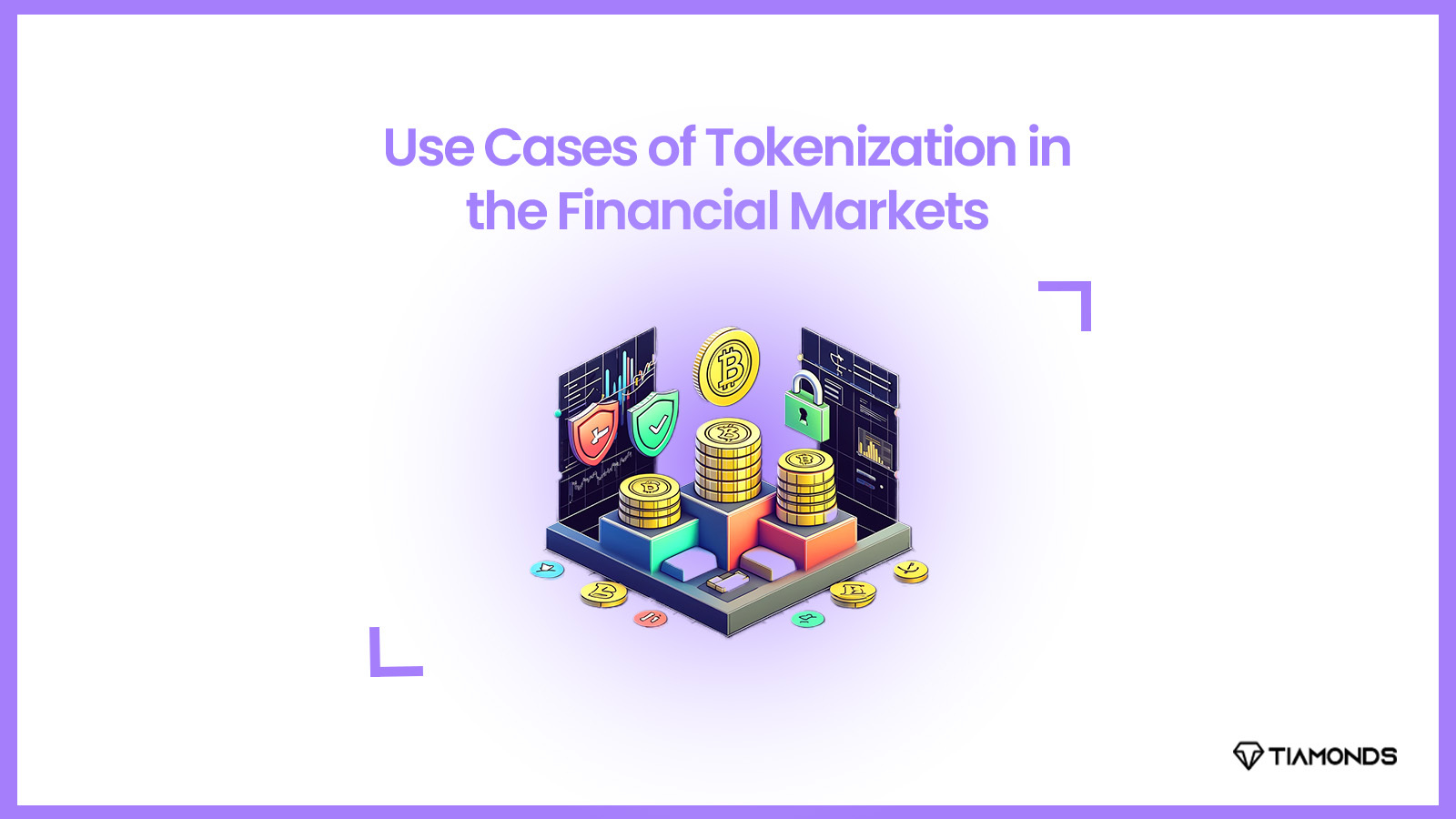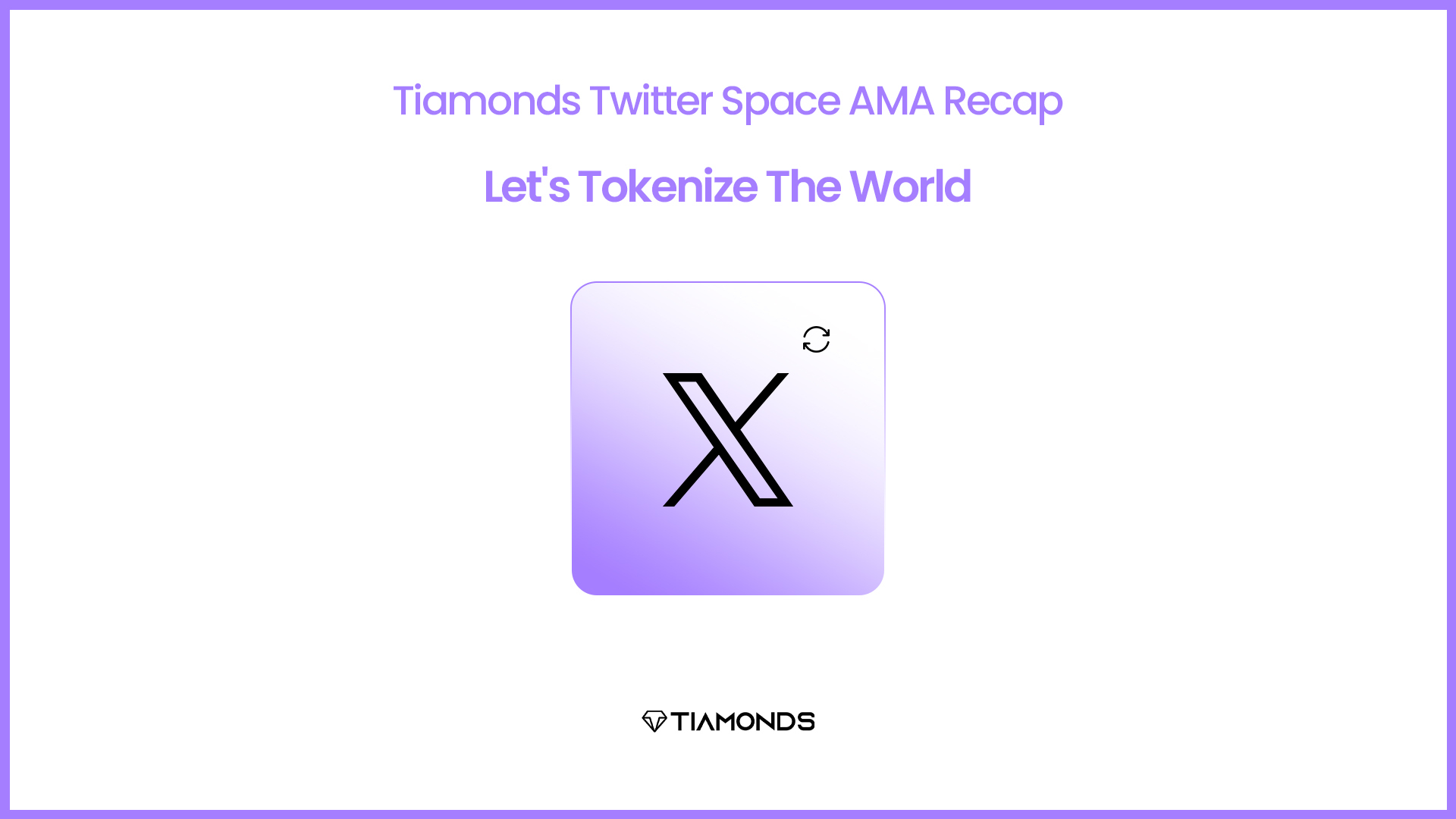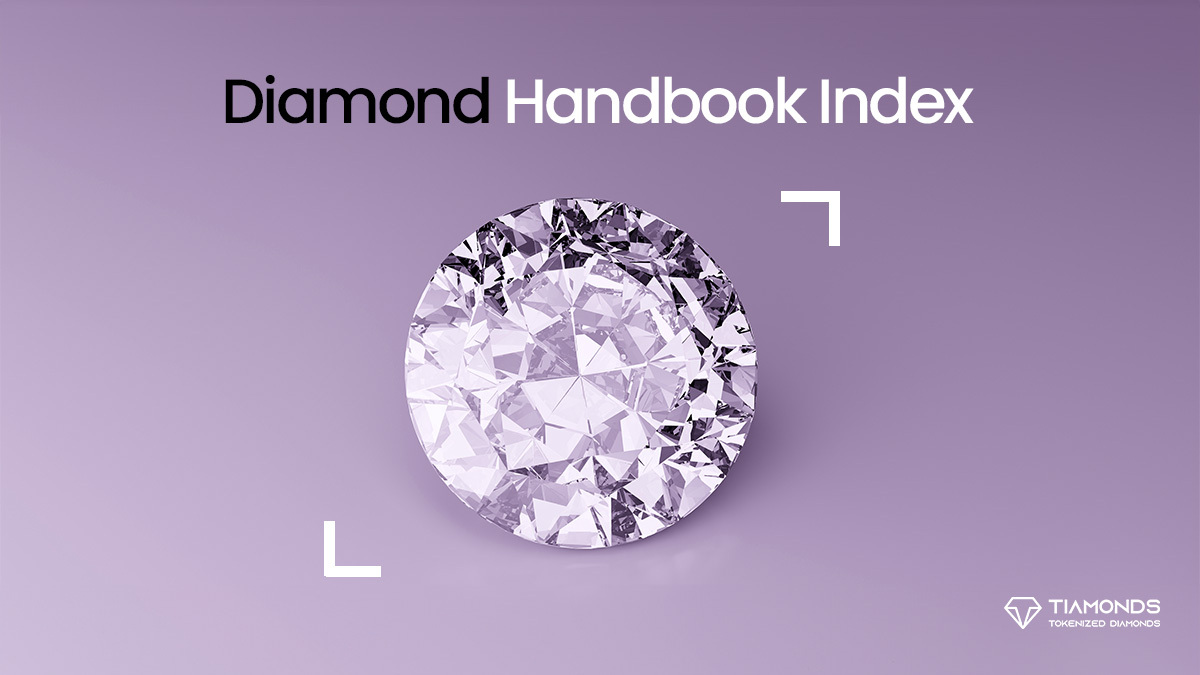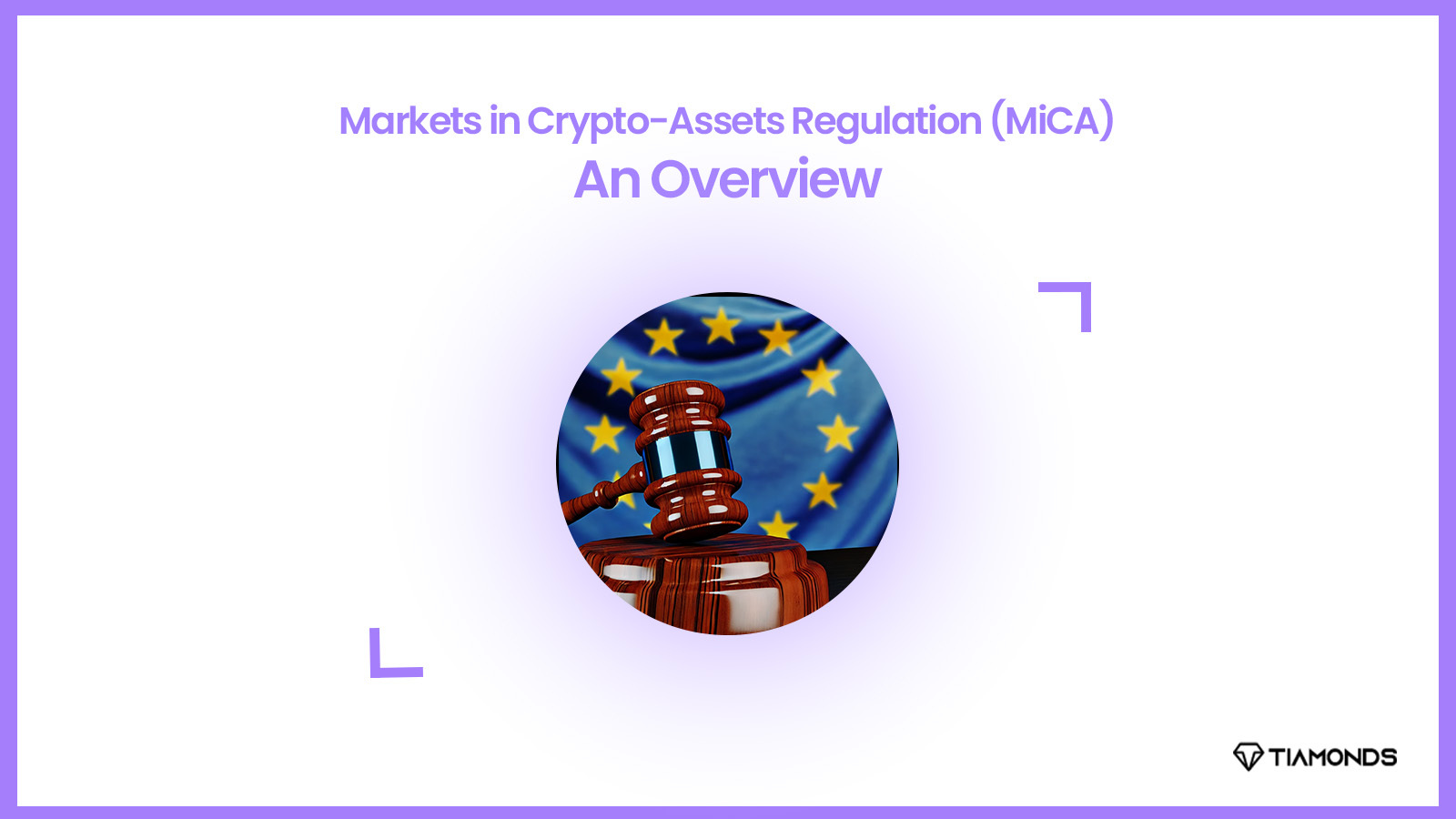Currently, financial institutions are actively looking for new revenue sources, as well as methods to expedite operations and reduce costs, in a market that is constrained by high interest rates. Tokenization in the financial markets, a blockchain-based technology, has the potential to provide immediate value in many sectors. Tokenization enables the digital representation of asset ownership for any tangible or ethereal asset, such as stocks, bonds, cash, cryptocurrency, data sets, or loyalty points, in a blockchain environment. Once a token represents your asset, you can swiftly and cost-effectively transfer or trade it, use it as collateral, and more.
Tokenization has the capacity to alleviate prevalent discomforts. Leveraging tokenization and the technological advancements of a blockchain-based model can enhance operational agility, thereby increasing both speed and flexibility. The lessons acquired from today’s implementation can also serve as the groundwork for tomorrow’s transformation. Each new investment in tokenization technology and capabilities can unlock a diverse array of opportunities, including enhanced capital efficiency, cost reductions, accessibility to new market sectors, transparency, and risk management capabilities.
Tokenization in the Financial Markets
1. Increased Liquidity:
Tokenization deconstructs traditional illiquid assets into separate digital tokens, thereby enabling liquidity. These tokens exchange on secondary markets with greater simplicity and efficiency compared to their non-tokenized counterparts. For instance, tokenizing real estate, which is traditionally an illiquid asset, enables investors to purchase and sell fractions of properties, thereby enhancing liquidity in the real estate market.
2. Cost-Efficiency:
High transaction costs and administrative overheads are the result of traditional capital market transactions, which involve middlemen such as brokers, custodians, and clearinghouses. By streamlining operations such as issuance, trading, and resolution through smart contracts, tokenization eliminates the necessity for many of these intermediaries. This expedites transaction times, minimizes errors, and reduces costs.
3. Access to a Wide Array of Investment Opportunities:
Tokenization democratizes access to a diverse array of potential investments that were previously unavailable to retail investors or restricted to institutional participants. Tokenization enables investors to diversify their portfolios across a variety of asset classes, such as real estate, private equity, venture capital, and fine art, by fractionalizing ownership. This broadening of investment opportunities fosters financial inclusion and enables individual investors to engage in markets that were previously exclusive.
4. Security and Transparency
The blockchain technology underpinning tokenization provides a transparent and immutable ledger of interactions. The blockchain records each token transfer and ownership change to establish a tamper-proof audit trail. This transparency fosters investor confidence and trust in the market, as participants can verify ownership, monitor asset history, and guarantee regulatory compliance. Furthermore, the cryptographic security features of blockchain technology further enhance the security of tokenized assets by safeguarding against unauthorized tampering, fraud, and data intrusions.
5. Asset Fractionalization and Fractional Ownership
Tokenization facilitates fractional ownership of assets, thereby enabling investors to acquire and possess portions of assets with high values that would otherwise be unattainable. For instance, an investor may possess tokens that symbolize ownership rights in order to acquire a portion of a commercial structure, a work of fine art, or an ownership interest in a private company. This fractionalization of assets not only enhances accessibility but also enables investors to manage their risk and diversify their portfolios.
6. Automated Compliance and Regulatory Considerations
Compliance rules and regulatory requirements can be incorporated into tokenized assets through smart contracts, which implement automatically when predefined conditions are satisfied. For example, smart contracts can automate dividend distributions, ensure compliance with securities regulations, enhance regulatory reporting, and enforce investor accreditation. Tokenization reduces legal overhead for market participants and improves transparency and transparency for regulators by automating compliance processes.
Use Cases of Tokenization in the Financial Markets
Equity Tokens
Companies can tokenize equity shares, allowing investors to acquire and trade fractional ownership of securities. This creates new opportunities for investor diversification, capital formation, and fundraising.
Debt Tokens
Tokenization of debt instruments, including bonds and loans, allows issuers to more efficiently raise capital and offers investors the ability to purchase fixed-income assets with configurable risk profiles.
Tokens for Real Estate
Tokenization facilitates fractional ownership of real estate properties, thereby decreasing the barriers to entry for investors and enhancing liquidity in the real estate market.
Alternative Investments
Tokenization encompasses a diverse array of alternative assets, including art, collectibles, and venture capital funds, providing investors with increased portfolio flexibility and alternative investment opportunities.
Challenges and Regulatory Factors
The financial landscape has undergone substantial transformations as a result of the emergence of tokenization. However, despite its potential benefits, there are a few regulatory considerations and obstacles that require resolution.
Navigating the intricate regulatory environment for tokenized assets is one of the primary obstacles associated with tokenization. Existing securities laws frequently perceive these assets as stocks or investment contracts, necessitating their compliance. This necessitates that both issuers and investors comply with a variety of legal obligations, including disclosure, registration, and reporting.
The decentralized nature of blockchain technology also contributes to investor protection concerns in the context of tokenization. Ensuring transparency and accountability in token sales can be a difficult task. Unsuspecting investors may be susceptible to fraudulent activities or schemes. Regulators are accountable for safeguarding investors and promoting innovation in this arena.
Another critical aspect of tokenization is the need to consider legal conformance. Companies that operate internationally or pursue global investments encounter obstacles due to the existence of distinct regulations in various countries. In order to prevent legal action, it is imperative that companies comprehend and comply with these regulations. While businesses have to comply with the legal requirements in various countries, it is crucial for rules to protect investors and promote innovation.
In Conclusion
By increasing transparency and security, democratizing access, reducing costs, and augmenting liquidity, tokenization in the financial markets has the potential to transform capital markets. While there are regulatory considerations and challenges to navigate, the advantages of tokenization far outweigh the obstacles. We expect the ongoing development of blockchain technology to unleash new opportunities for investors, issuers, and market participants.
By eradicating intermediaries and facilitating peer-to-peer transactions, tokenization has the opportunity to enhance the efficacy and simplification of conventional financial systems. It has the potential to be advantageous in sectors including intellectual property rights, art, and real estate. Furthermore, businesses have the ability to circumvent regulatory constraints and geographical limitations by raising capital through STOs or ICOs. This democratizes access to funding by expanding investment opportunities for both certified and non-certified investors.




